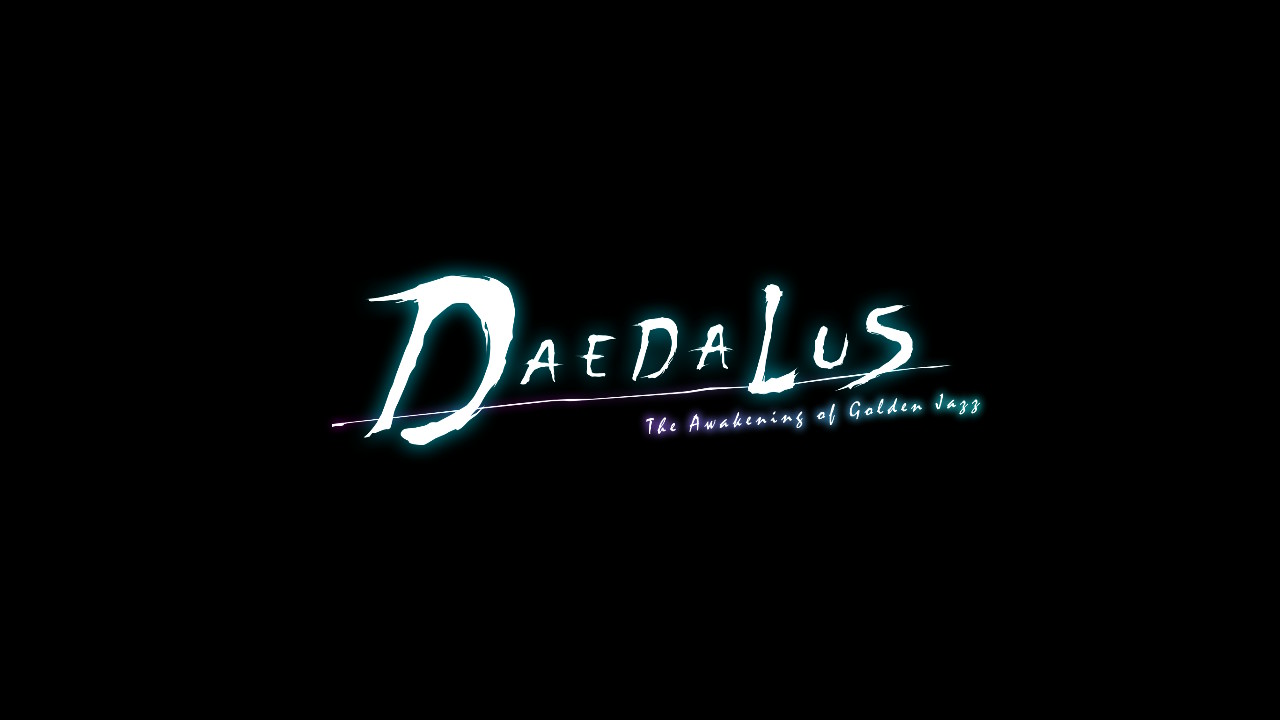[Review] Alternate Jake Hunter: DAEDALUS The Awakening of Golden Jazz – Nintendo Switch
Alternate Jake
Hunter: DAEDALUS The Awakening of Golden Jazz
Nintendo Switch
Developed By: Neilo
Published By: Arc System Works
Category: Adventure
Release Date: 05.23.19
Possibly my favorite game for the Nintendo DS was Hotel Dusk: Room 215. Its blend of detective fiction and adventure game elements matched my literary and gaming interests perfectly. I never got around to getting any of the games in the Jake Hunter series, which seemed to have a similar vibe; though it was known as the Saburo Jinguji Detective series in Japan, where the series has a long history. The 30-plus game series goes all the way back to 1987 and the Famicom. Very few of them have made it stateside in official form; the only other games to make it to the US were released on the DS in 2008 and 2009, and the 3DS in 2018, but they were all compilations of remakes from other systems, so it’s kind of hard to sort the series out. Here’s the Wikipedia page if you want to take a stab at it. Point is, jumping into the series looks a bit daunting from the outside. Enter the focus of today’s review, Alternate Jake Hunter: DAEDALUS The Awakening of Golden Jazz for the Nintendo Switch. It serves as a prequel to the rest of the series, so a knowledge of the previous material isn’t really necessary. It fuses the visual novel format with some light adventure game puzzle elements to craft a thrilling mystery about family, justice, and the weight of history. Let’s get to it.
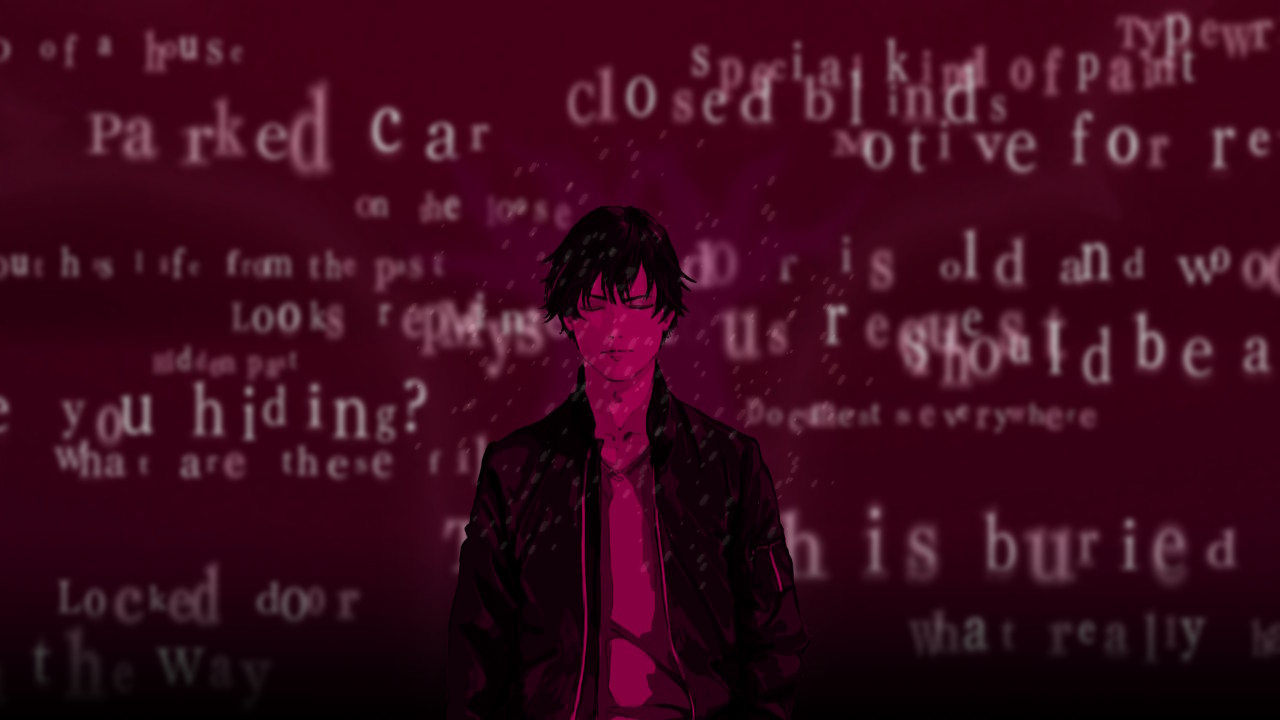
Coming to America
Saburo Jinguji is a young student from Japan visiting New York City in the wake of his grandfather’s murder. Kyosuke Jinguji was a Japanese transplant turned private investigator whose body was found stabbed to death not far from his office. The killer is unknown, and Saburo is determined to find the reason for his grandfather’s murder using the investigative techniques he learned from Kyosuke as a child. Between reconnecting with his own friends in NYC and meeting his grandfather’s drinking buddies around the city, Saburo finds himself drawn deeper and deeper into a series of old murders and the mystery surrounding them. His only clue? A single word: Daedalus. What – or who – is Daedalus, and why would someone be willing to kill to protect its secret? Will Saburo be able to lay his grandfather’s soul to rest without joining him? That’s up to you.
Writing is vitally important to crafting a great visual novel, and DAEDALUS delivers in a big way on that front. The writing style makes use of short, to-the-point sentence structure and twisty, turny plot structure similar to masters of detective fiction like Raymond Chandler or Dashiell Hammett. Most importantly, the writing crafts a compelling, engaging mystery with instantly relatable characters and stakes that feel real. The only real issue I had with the game’s narrative is its length; after only five chapters and a short prologue, I could have kept playing the game for hours yet. Luckily, there are multiple endings and plenty of ways for the story to branch out, which gives it some replay value.
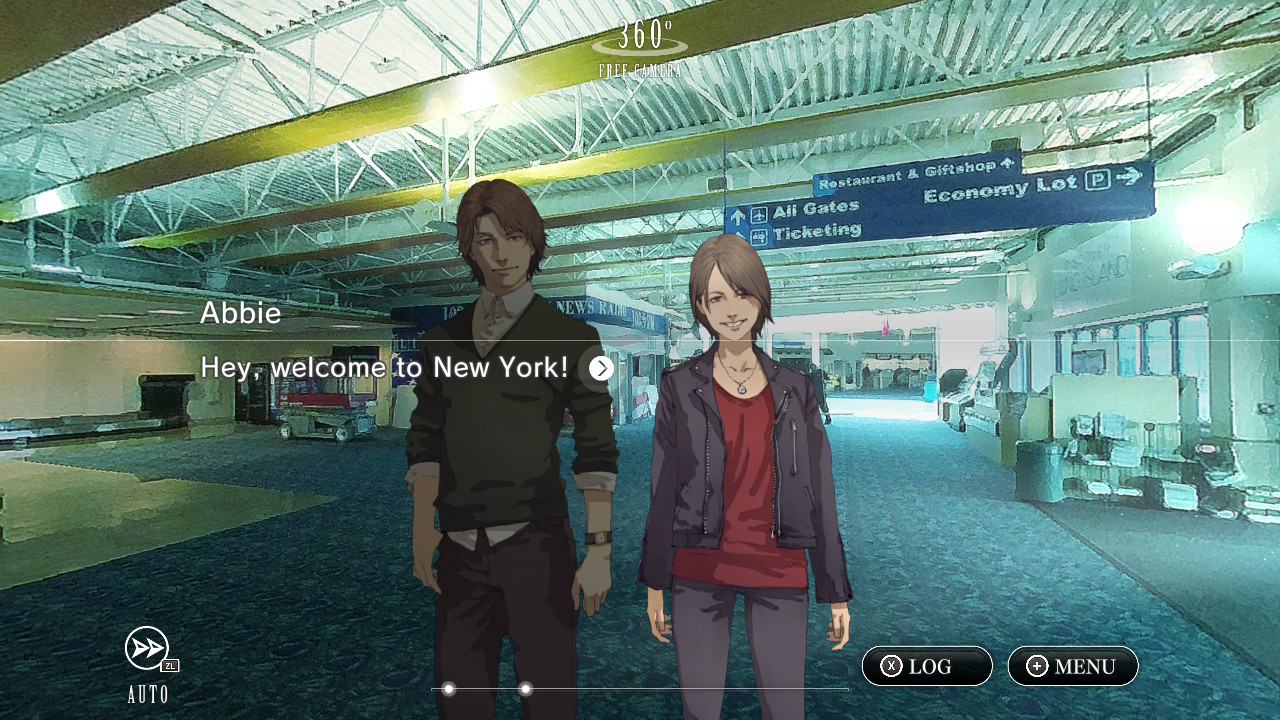
The Detective’s Tools
The majority of the game plays out in visual novel dialogue scenes, but Saburo has to do some of the detective work himself, too. The game has three main systems for gathering information and cracking cases; investigation, stances, and the Orchard of Knowledge. The investigation system is the main way of discovering clues to push a case forward. You have a 360 degree camera view of your surroundings, and you run a cursor around the screen to find objects of interest. If you’re having trouble finding leads, you can enter an enhanced viewing mode that will highlight suspicious objects with a trail of light. Examining the items you find will open up new dialogue options with your suspects and/or allies or open up new locations to investigate.
Once you’ve found some information to check out, you can speak to characters at the various locations in the game to move the story forward. There are two ways to affect the story via dialogue; general questions and the stance system. You can ask various people about the information you’ve uncovered during your investigation and get their answers. Most of the time you get a straightforward dialogue exchange, but every once in a while a flashpoint comes up in the dialogue where you need to decide how you wish to proceed. This is the stance system. Do you aggressively continue your line of questioning? Do you try flattery? Sympathy? Or do you back off for fear of losing a witness’s trust entirely? The stance system is the main mechanic by which the game’s story branches. It adds a certain degree of strategy to the game’s interrogations, and while it isn’t as deep as, say, the cases in LA Noire, when combined with the investigation system it does satisfyingly create the feeling that you are a detective working a case.
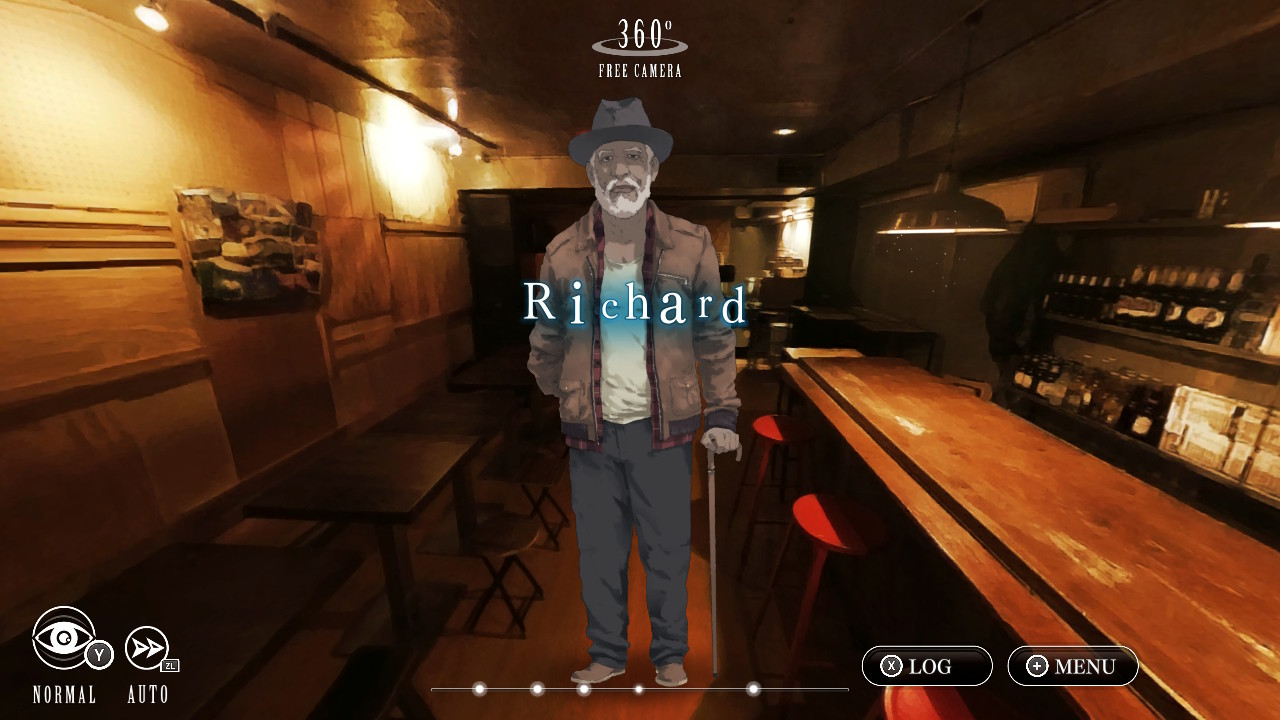
Tending Your Orchard of Knowledge
The final mechanic Saburo uses to solve cases is his Orchard of Knowledge. The Orchard is a mental technique Saburo learned from his grandfather for organizing the clues he uncovers during his investigations. It’s, um, kind of a weird mechanic, to be perfectly honest. The information is visualized as a tree, hence the orchard, but the way it’s presented is really difficult to read. You can highlight each branch individually to see the information it contains, but navigating between the branches is a little wonky and inaccurate. While the Orchard of Knowledge is a great narrative device connecting Saburo to his grandfather, as a gameplay mechanic it seems somewhat superfluous. When you reach the end of a chapter and get to finally piece the case together you use the information on the branches to reach a conclusion, but there’s no gameplay necessity for the Orchard motif. I don’t know what, if any, importance the orchard plays in the rest of the series, but in DAEDALUS its importance is purely narrative.
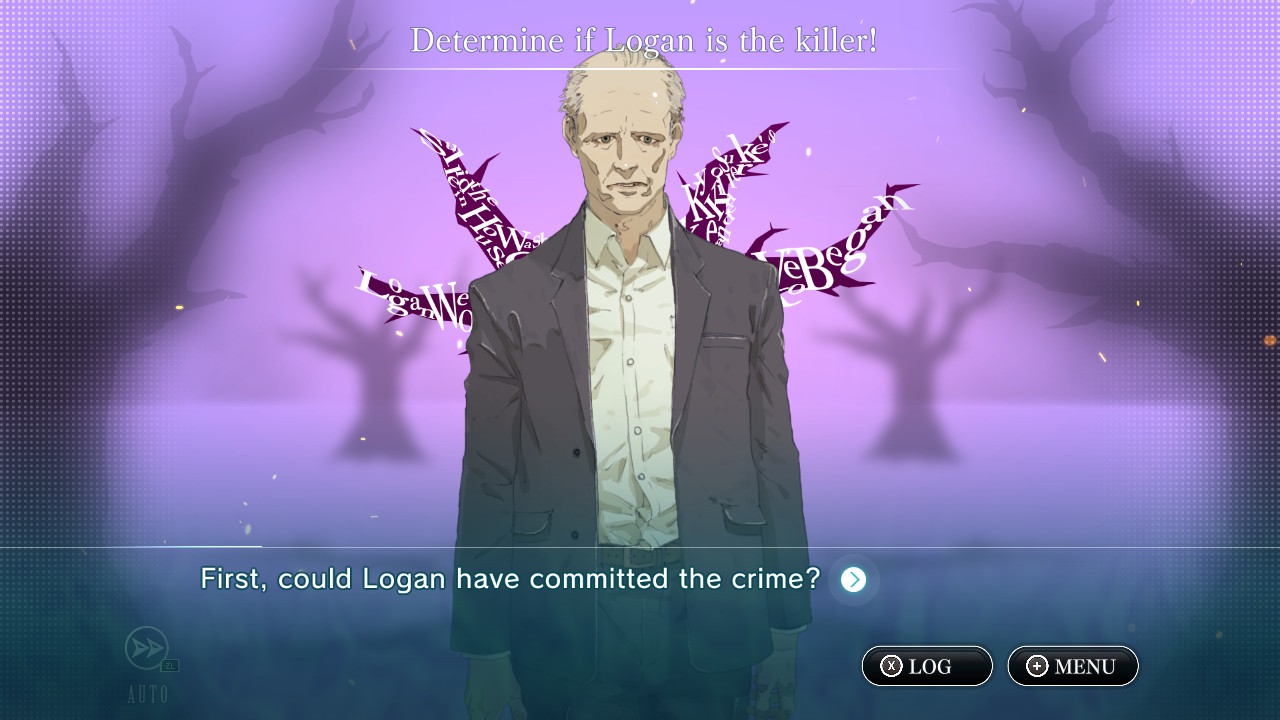
Can Saburo Read a Map?
This isn’t really any kind of issue, but it is something I found kind of funny. You use a map to travel around the location of each chapter, allowing you to meet new people and find new clues. I wonder, however, if the map artist and writers got together when planning out the game because the maps and story don’t always line up. In an early chapter, you find a receipt for a bakery that the game says is very far away from the house you find it in; suspiciously far, in fact – so much so that it is considered a clue. But, when you finally get the chance to go there on the city map, it looks like it’s just around the corner. Like I said, this isn’t a major issue, just something I found really funny.
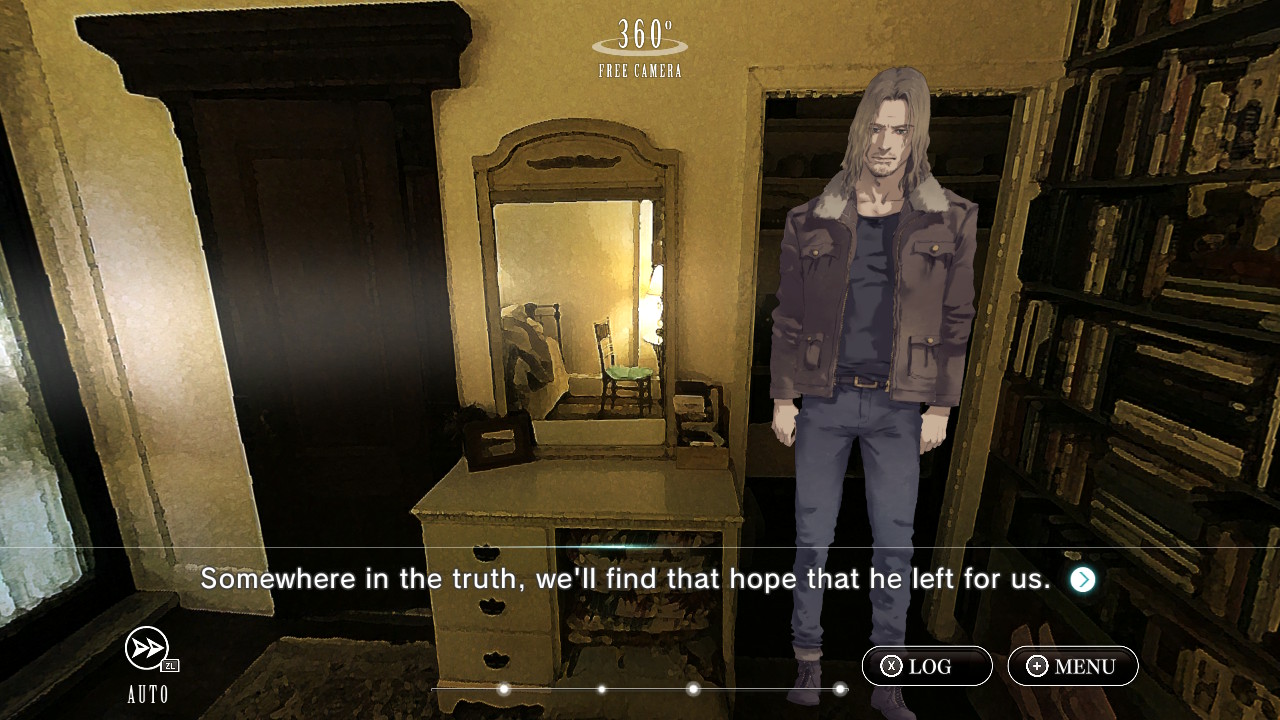
Crime Scene Photography
DAEDALUS’s graphics incorporate two main visual styles. First are the hand-drawn character models present during dialogue exchanges. They aren’t really animated in any way, although they do change facial expressions and occasionally poses depending on the story. They are drawn in a very anime-inspired style, but with an air of understated realism that grounds the game and emphasizes the noir elements of the game. The backgrounds look like 360 degree photographs with a watercolor-like filter thrown over them, but the washed-out aesthetic created a perfect, moody atmosphere that fit the game well.
Golden Jazz is Right
The music is absolutely marvelous. Earlier chapters have a quiet, contemplative soundtrack that accompanies the pace of earlier stages of the investigation well. But as the game progresses and the tension rises, the soundtrack livens up to match the story’s intensity. By game’s end, the music has evolved into a roaring jazz track, whose up-tempo beats and frantic horns match the frenzied action of the narrative twists. In a game almost completely lacking in motion or physical action, the music manages to create an active atmosphere full of suspense and danger.
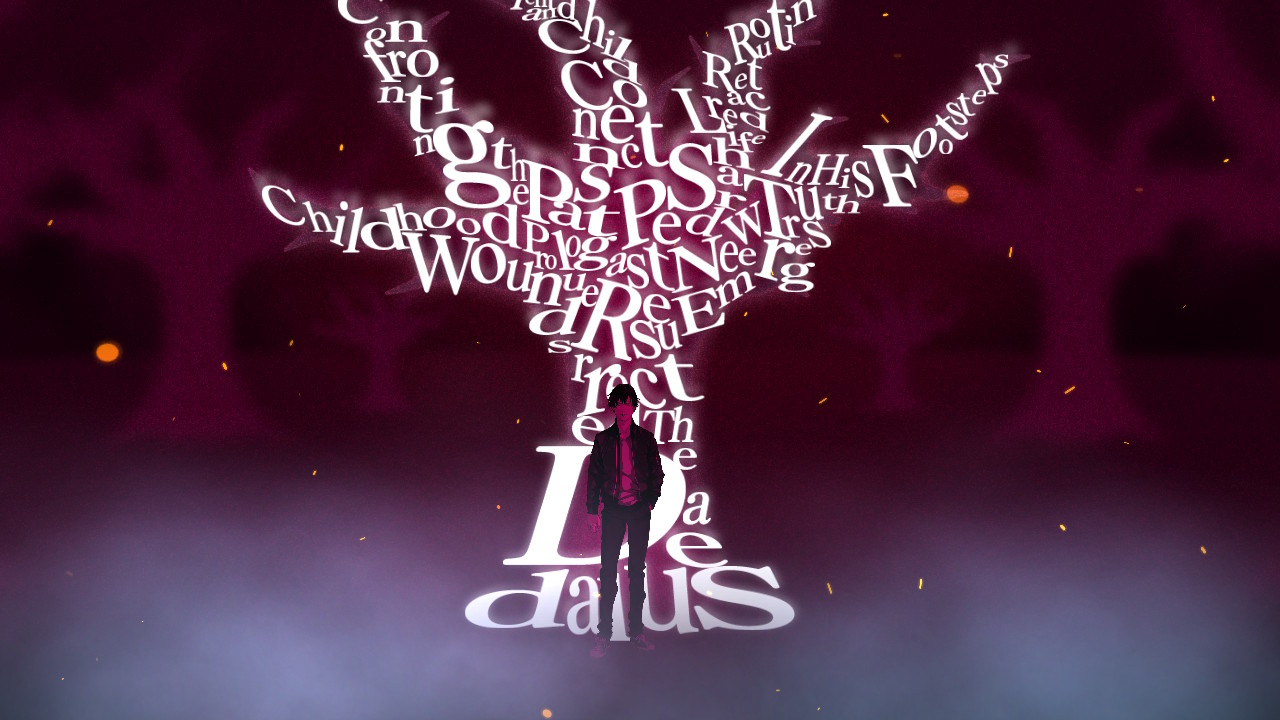
Playability
Alternate Jake Hunter: DAEDALUS The Awakening of Golden Jazz does not use any of the Switch’s motion control capabilities, but it does use the touchscreen feature in undocked mode. I didn’t see any particular difference in the graphical quality of the game between docked and undocked mode, but I greatly preferred playing undocked anyway. Something about using the touchscreen to scroll through dialogue and select my responses recreated the sensation I get when I curl up with a great mystery novel. If that sounds like a great time to you, you’re really going to love playing DAEDALUS.
TL;DR: Thrilling, compelling mystery visual novel with an amazing soundtrack.





Buy Alternate Jake Hunter: DAEDALUS Awakening of Golden Jazz
$39.99
Follow Neilo (Japanese Only)
Follow Arc System Works


